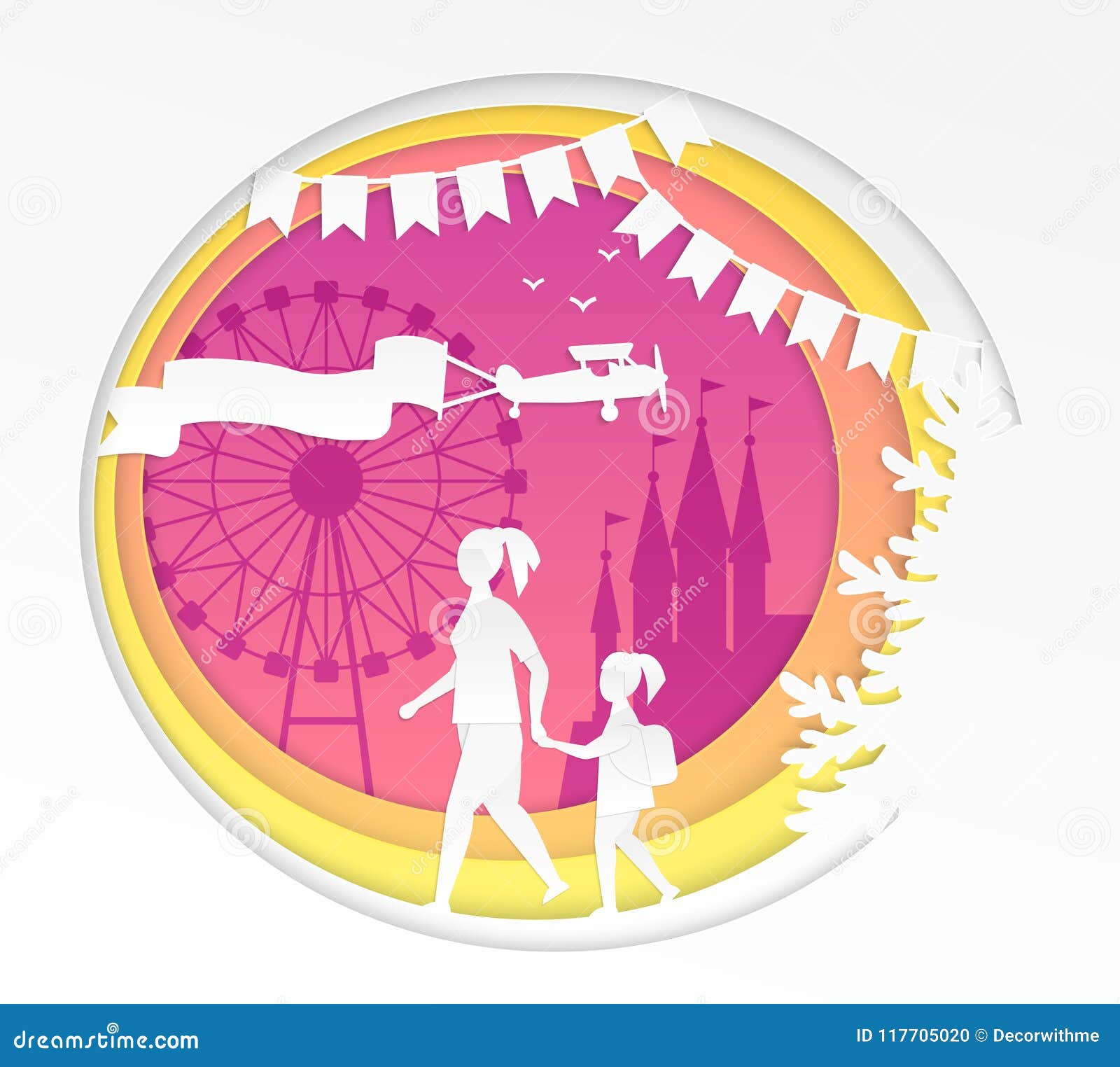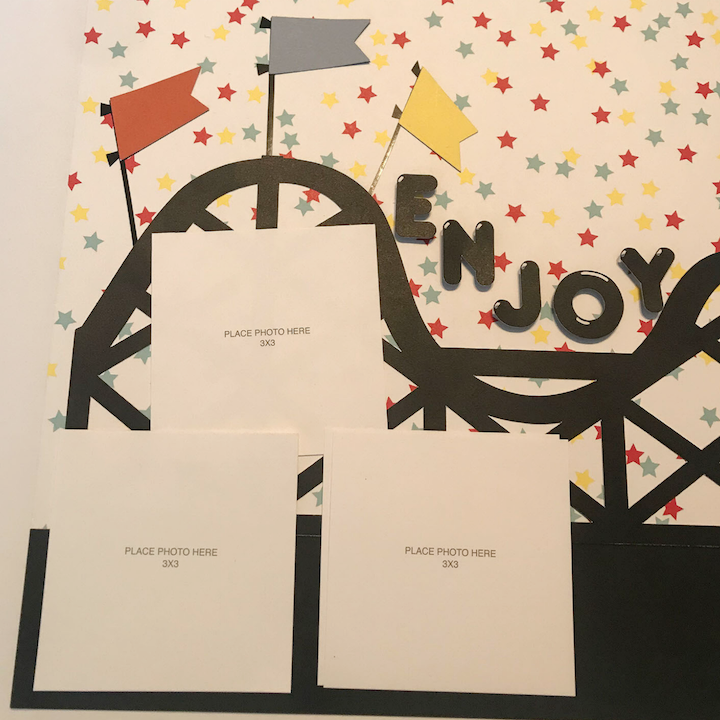

It has to do with parks, particularly Disney, realizing they can only squeeze so much money out of low-earning guests toting around kids. It has little to do with parks trying to broaden their base or to appeal to a changing generation. I think the shift in marketing is a reflection of theme parks chasing higher profit margins. Guests didn't go to theme parks in the 90's because of the sagging economy at the time, same with the late 00's. I don't think population surges and generational changes have much of an effect on theme parks. So which parks and chains are making this transition well, and which ones are not? Let's discuss in the comments. This is literally a mature market, and parks that want to continue to grow will need to do so by broadening their focus beyond family entertainment to something that adults without children (or whose children have grown and left home) and continue to enjoy. But much of that growth is happening in the emerging markets of China and the Middle East, not here in the United States. Pixar Fest just provides latest example of Disney making explicit that broader focus - in this case, to visiting with friends. I wrote about the challenges of demographic changes to the theme park industry in my Orange County Register column this week, Disneyland aims beyond families with its Pixar Fest.Įver wondered why so many parks now seem to be embracing food and wine festivals? Or expensive up-sell experiences including booze-inclusive dessert parties and line-skipping passes? It's because parks need to make more money from older consumers as they have fewer families with kids coming through the front gate.Īnd this change in demographics is one of the reasons why Disneyland is promoting Pixar Fest with the tag line "Celebrating Friendship & Beyond." If Gen Y and Gen Z fans aren't having kids that they eventually will bring to the park, perhaps Disney can lure those fans to keep visiting with their friends, instead.ĭisney has been working for years to broaden the appeal of a Disney vacation into something for people of all ages and family situations. But we see a couple of bulges in the US data, the first being the Baby Boomers (aged 53 to 71 in this chart) and the second being their kids in Gen Y (ages 21 to 38).Īs we saw in the theme park industry in the early 80s, baby busts can be a very bad thing in the theme park industry or any other business than caters to families with young children. Assuming a constant birth rate, you would see a pyramid (as the name implies) as mortality claims an increasing number of people as cohorts age. Take a look at the "population pyramid" for the United States.


So what's happening now in the business? After Gen Y petered out around the mid-1990s, we have entered what's basically been a 20-year-and-counting second baby bust in America, as the smaller Gen X cohort entered parenthood, followed by the oldest Gen Y'ers turning away from parenthood due to a wide variety of economic factors, including the pressure of repaying ever-growing student loans, the difficulty of finding secure, long-term, benefitted full-time work, and a couple of housing bubbles. The vocabulary gets fuzzy after a while.) Remember when Vegas was trying to become "family friendly" and open theme parks, too. But an "echo boom" as the Boomers began having children of their own helped spark a second wave of attraction development in the 1990s, led by the opening of Universal Orlando and the expansions of Walt Disney World and Disneyland. It's telling that the development of new parks slowed in the mid 1970s, continuing through the 1980s, as the Baby Boom gave way to the baby bust of Generation X (roughly 1965-1978). The surge of children being born between 19 created a huge market for family entertainment, which theme parks helped to satisfy. So I'd like to argue that the Baby Boom is the real initiator of the theme park industry. While Disneyland certainly provided not just inspiration but also a template for all those other parks, I don't think many of them would have been successful without the market created by the nation's Baby Boom.


 0 kommentar(er)
0 kommentar(er)
